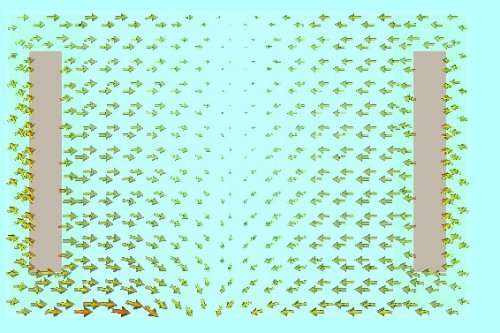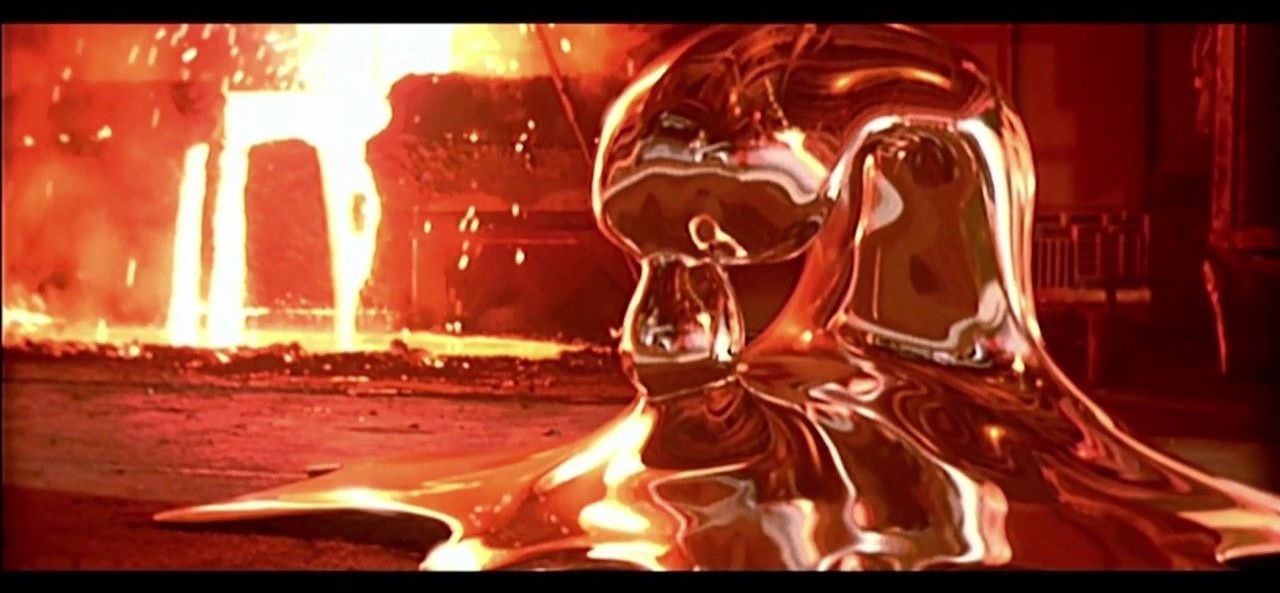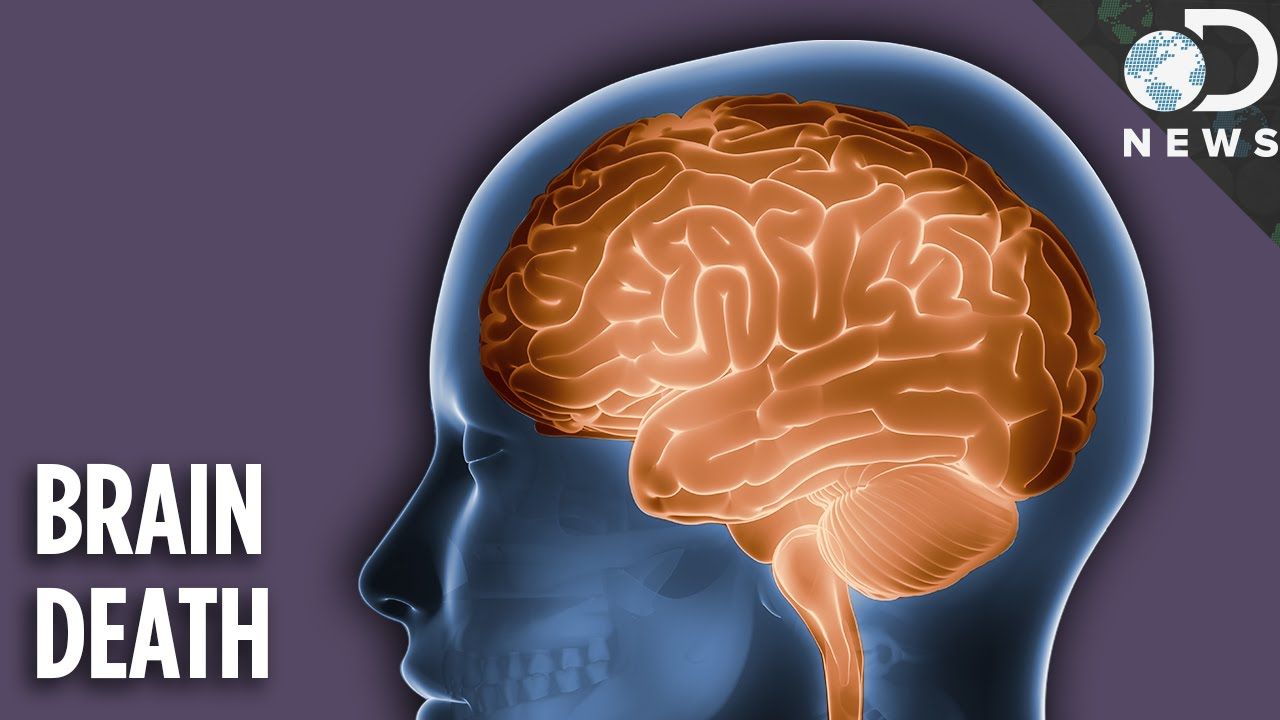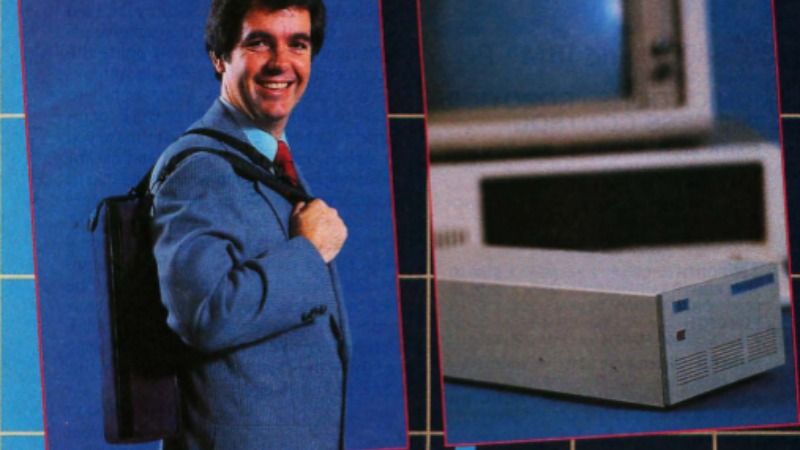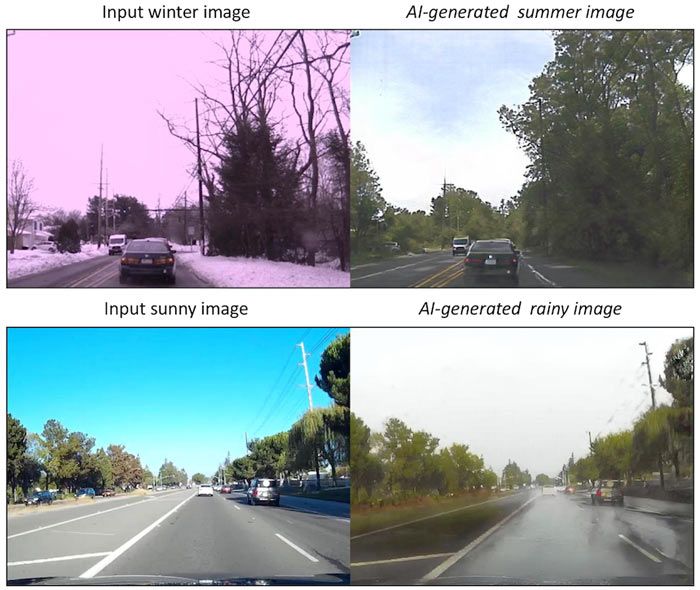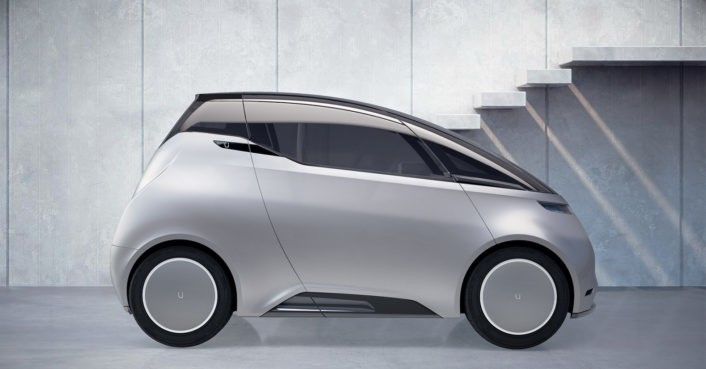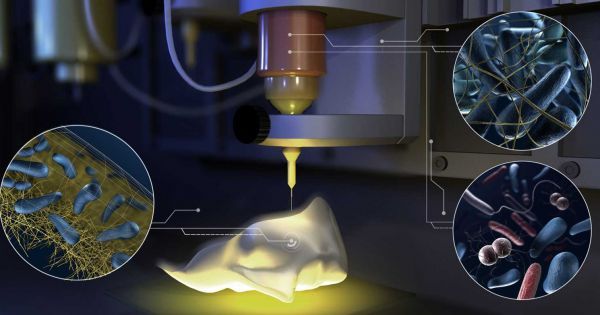Multiband tunable antennas are a critical part of many communication and radar systems. New research by engineers at the University of Bristol has shown significant advances in antennas by using optically induced plasmas in silicon to tune both radiation patterns and operation frequency.
Conventional antenna tuning is performed with diodes or Micro-Electro-Mechanical Systems (MEMS) switches. However, these approaches have significant drawbacks as systems become more complex and move to higher frequencies, which is anticipated for 5G systems.
The first paper, published in IET Optoelectronics, co-authored by Dr Chris Gamlath, Research Associate in RF Engineering during his PhD, shows how a silicon superstrate placed over a slotted microstrip patch can be used to tune radiation patterns.
